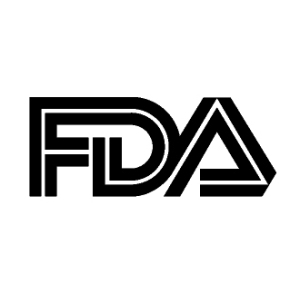by
Brendon Nafziger, DOTmed News Associate Editor | August 05, 2010
It looks like the medical device industry is breathing a collective sigh of relief after its initial review of the FDA's proposed changes to its so-called fast-track 510(k) clearance rules. However some serious worries remain.
"[The] proposals are more benign than many had feared," health care investment bank Leerink Swann's analyst Rick Wise said in a mostly upbeat e-mail to investors Wednesday.
The 510(k) process lets medical device companies get medium-risk class II devices cleared for the market merely by showing "substantial equivalence" with a currently available device.
Although most companies say the 510(k) clearance process has
slowed down dramatically over the last few years, even bringing some companies near financial ruin as they keep their products off the market while awaiting the FDA's decision, the process has also attracted widespread criticism by some consumer and health groups that consider it too soft and a threat to patient safety.
While industry experts continue to pore over the two-part, nearly 200-page document, released by the FDA's Working Group early Wednesday for public comment, it appears for now the FDA largely intends to beef up scientific reporting while also making the process more predictable and transparent, and therefore easier for companies to prepare for.
"At the end of the day, everyone benefits when a reasonable and predictable 510(k) process is in place," said Mark Leahey, president of the Medical Device Manufacturers Association, in prepared remarks e-mailed to DOTmed News.
Among the 70 or so proposed changes outlined by the FDA, one of the most significant for predictability is the creation of a "class IIb" device category. This would be for an as-yet unknown subset of class II devices that would be risky enough to require more detailed clinical or manufacturing information, but not so risky that they warrant a full-blown and costly premarket application.
"The development of a 'class IIb' guidance document would help clarify, up front, what information submitters should include in their 510(k)s, so that they can plan accordingly," said Dr. Jeffrey Shuren, director of the FDA's Center for Devices and Radiological Health, in a statement. "In so doing, it would help our review staff obtain, in a more efficient and predictable manner, the type and level of evidence they need to make reliable, well-supported decisions."
While no contenders for class IIb have been named, the report said potential candidates might include "implantable devices, life-sustaining devices and life-supporting devices, which present greater risks than other class II device types."
